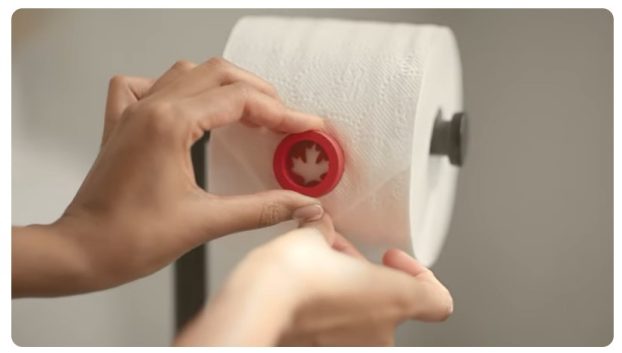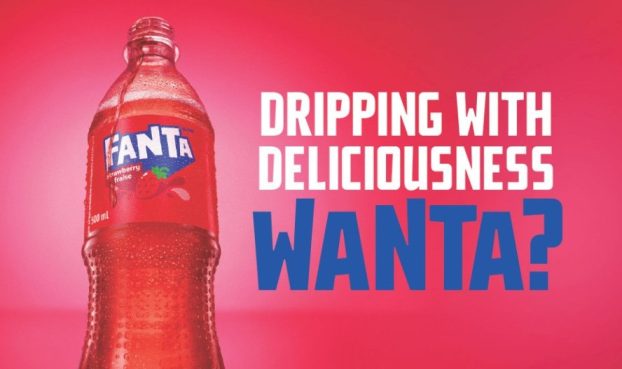Craig Underwood is president and ceo of Loyalty Management Group Canada, creator of the Air Miles coalition loyalty program. Lisa McLachlan is the company’s manager of consumer marketing. Western Business School recently published a case study on Air Miles’ use of marketing research to redirect its consumer advertising.
‘The customer comes first.’
This may be one of the most-stated, least-practised business philosophies of the ’90s.
It is just an empty phrase unless you actively work to make it reality.
At Loyalty Management Group Canada, we focus on what we call 5C strategic leadership – customers, costs, competitors, capabilities and commitment.
It is no coincidence that ‘customers’ is listed first and foremost and we invest heavily in customer research to help us meet our imperative of putting customers first.
Market research helps us evaluate awareness and understanding, usage and attitudes, and level of customer satisfaction.
At lmgc, we have two groups of customers: sponsors and collectors.
The sponsor group is composed of more than 70 companies which offer Air Miles to their customers.
The collectors are the more than six million individual consumers who collect travel miles as a reward for shopping at sponsor locations.
We have a distinctly different relationship with each group, so we use different methods of research to stay close to our customers.
Regardless of which group or method we are dealing with, all of our research falls into two important categories: listening to feedback and asking for input.
Listening to customers
We use every possible point of interaction to listen to our customers.
We hold ‘listening sessions’ with our major corporate sponsors once a year.
During these sessions, we spend time listening to them talk about their business goals, opportunities and challenges.
By simply listening to them and not talking about our ideas for a few hours, we gain a better understanding of their businesses and their imperatives.
In turn, this helps us come up with new ways to use Air Miles to help them meet their business objectives.
We also hold quarterly marketing advisory board meetings. This is an opportunity for all our sponsors to meet, review results, exchange ideas, and discuss various initiatives with us.
It is similarly important to listen to collectors.
Each of our executives spends time every month plugged into a customer service representative’s telephone, listening to our collectors.
It is an easy and efficient method of research to stay current with customers’ attitudes.
And since customer service reps (csrs) are the front line troops, they also provide valuable insight.
Once a month, five csrs have lunch with company executives, who take the opportunity to listen to what customers are saying to the csrs.
Other methods of gathering ground-level customer research include ‘mystery shopping’ at five sponsors each month, and carrying groceries for collectors at stores such as Safeway.
Both of these grassroots research techniques are useful for gathering information to teach us more about our customers.
We recently hired a merchandising force to spend time in the field listening to sponsors’ store-level employees.
Asking for feedback
As important as listening to customers is, we believe it is not sufficient.
Customers must be approached and asked for feedback.
Just how important is it to go beyond listening to unsolicited feedback?
Consider the implications of this true story:
Several years ago, a major u.s. airline delayed a flight from Washington to Boston in half-hour increments for three hours and then cancelled the flight.
During this time, every other airline leaving for Boston had departed, stranding the waiting customers in Washington.
To add insult to injury, the luggage of the 200 passengers was somehow lost, even though the plane had never left the ground.
The customers were so angry that airport security had to be called to undertake crowd control.
Despite 200 furious customers, only one sent a letter of complaint to the airline.
This should serve as a lesson to those companies who measure customer concerns only through irate calls and complaint letters.
lmgc uses a number of techniques to actively encourage feedback.
Every time we mail a ticket to a collector, we include a feedback card which asks the recipient to rate us on customer service.
To encourage customers to complete the survey, we reward them with 10 free Air Miles.
Over 70% are returned.
We spend more than $250,000 each year on independent third party market research to identify customer concerns and desires and recently built a focus group room into our office.
This will give us the ability to bring groups of collectors into our office every week to react to our ideas and plans.
We ask our sponsors to grade us twice each year on over 20 elements of our program.
A recent example demonstrates the survey’s value: one sponsor rated us highly on all aspects of the program, but expressed concerns because two members of its account service team had received promotions and were given increased responsibilities.
The sponsor was concerned that its level of service would diminish.
Because of our proactive research, we were able to assure the sponsor that its level of service would be maintained.
An area of possible future concern was defused and a potential issue which could affect other sponsors was identified.
Using the knowledge
Market research is a valuable tool but it is worthless unless acted upon.
This simple lesson was demonstrated to us shortly after we launched the Air Miles reward program in March, 1992.
Our launch advertising included a tv campaign that featured ‘flying people.’
Full page newspaper ads ran across Canada and included an explanation of the program, coupled with the catchline, ‘Please remain seated until you have read this ad to a full stop.’
A few months after the launch, we were surprised to find ourselves below the enrolment projections we had promised our sponsors.
We became even more concerned when our collector research showed we had created a marketing nightmare.
We had high awareness – 65% of people had heard of the Air Miles program – but we had huge levels of consumer misunderstanding.
Sixty per cent of those people who had heard of Air Miles thought the program was a frequent flyer program or a credit card with a fee attached to it.
Our beloved ‘flying boat’ logo looked like a new frequent flyer program to our target consumers and it turned them off.
This data allowed us to look back and re-evaluate.
Our mistake became clear: we had to change the consumer mindset from ‘fly and fly free’ to ‘buy and fly free.’
As a result, we quickly refocused our marketing strategy and developed hard-hitting retail-oriented ads which screamed, ‘Buy Groceries, Fly Free.’
It worked. We went on to exceed our original goals by over 100%.
Research allowed us to identify our mistake and we took aggressive action to prevent a crisis.
At lmgc, we realize our customers are among our most valuable assets.
It is essential to invest in creative and comprehensive market research if we are to achieve our goal of ‘getting to the future first.’























